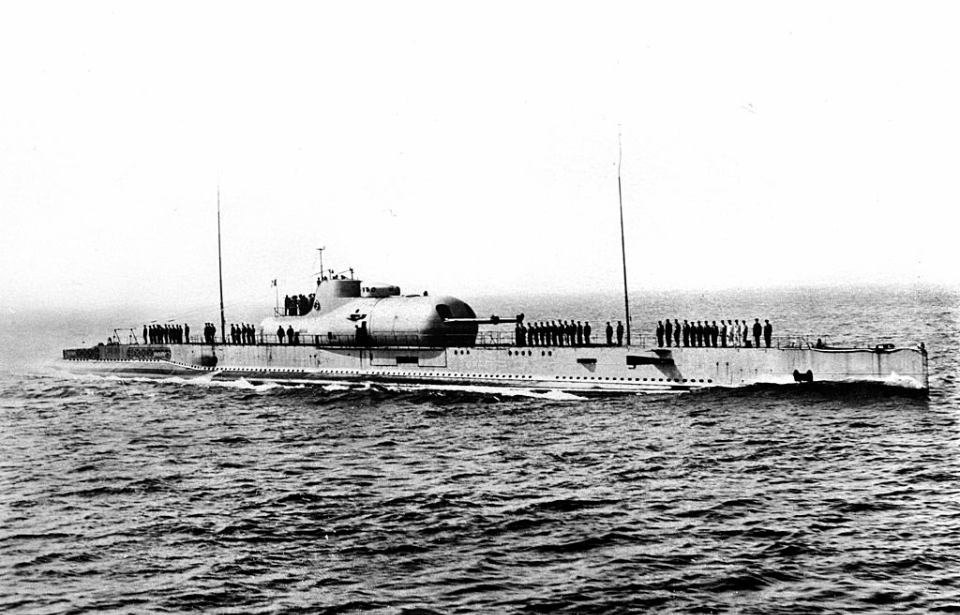Although they weren’t known as a naval superpower, the French still built one of the most impressive submarines of the Second World War. In fact, Surcouf was the largest ever built until the Japanese introduced the I-400-class. A formidable opponent, she was used heavily during the conflict – that is, until she disappeared. What happened to the French submersible?
Construction of Surcouf
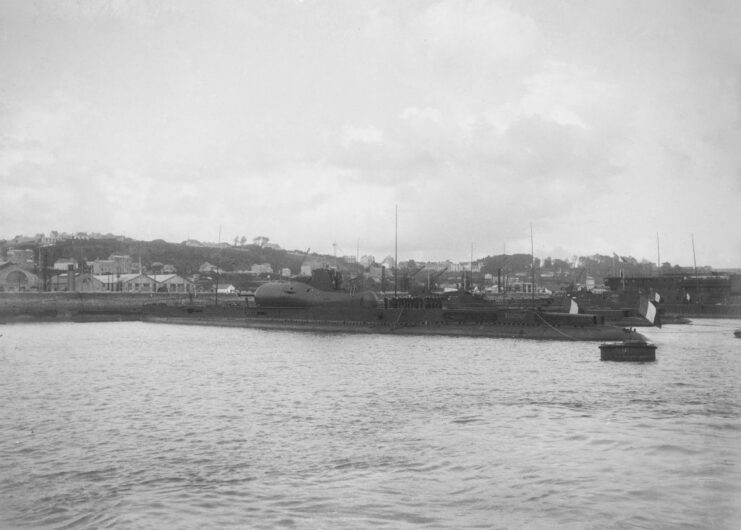
Under the Washington Naval Treaty, France, like many others, was limited as to the types and number of ships it could add to its fleet. However, there were no such restrictions on submarines. As such, the country’s military decided to build an extensive fleet, consisting of 79 vessels.
Surcouf was supposed to be the first of three cruiser submarines, but wound up being the only one constructed. The London Naval Treaty was signed following her completion, which, unlike its predecessor, put stipulations on submarine warfare. Surcouf was granted a special exemption from these limitations; the French were allowed to keep her armed, they just couldn’t develop any additional submersibles.
The submarine was launched on November 18, 1929 and commissioned on April 16, 1934.
It took a lot of manpower to operate Surcouf
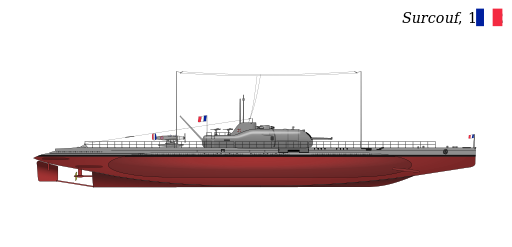
Surcouf had a twin-gun turret with 203 mm guns and 10 torpedo tubes (six 550 mm and four 400 mm). She was also able to carry a single Besson MB.411 floatplane in a specially-built hangar, as well as two motorboats in a deck well. Ideal for use in conflict, she was prepared to hold 40 prisoners of war (POWs) or the same number of passengers.
She was well over 300 feet long, with a top speed of 18 knots when surfaced and 10 while submerged. Running a submarine of this size took a lot of manpower – literally. Her crew consisted of eight officers and 110 men who had much to contend with, especially in the early years.
First of all, Surcouf took three and a half minutes to surface and shoot, and nearly two minutes to dive back down, putting her at risk of attack. She also couldn’t shoot accurately at night, a problem that was only made worse by her propensity to roll in choppy water.
Seizure by the British
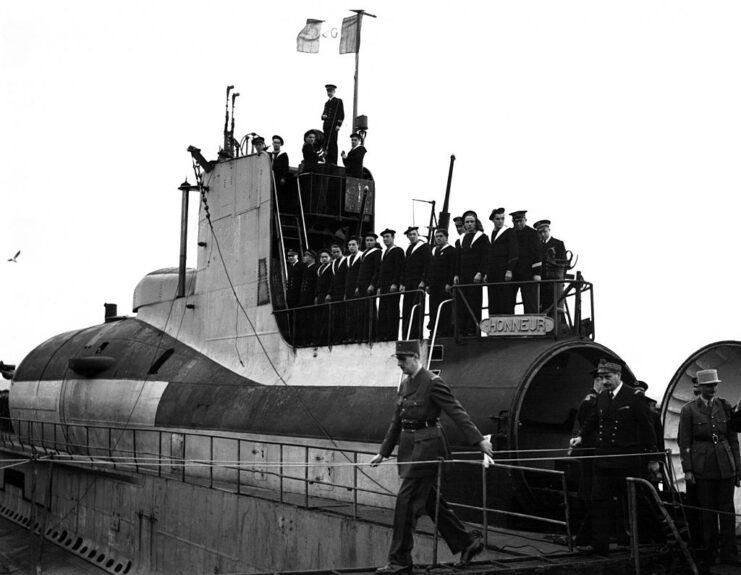
By the time Germany invaded France in 1940, Surcouf had been at port in Brest, undergoing efforts to rectify her many issues. As the enemy neared, the submarine made her way – with broken engines – to England, where she docked. Accounts differ regarding whether the British seized control of her and other French ships in Plymouth or Devonport as part of Operation Catapult, to prevent them from falling into German hands.
Command passed to Capt. Pierre Ortoli, with Frigate Capt. Georges Louis Blaison, the only original officer not repatriated, acting as his second. The crew was made up of members of the Free French Naval Forces. This didn’t last long, as the French and British were suspicious the one another, suspecting the other of spying for Vichy France. The solution was to put a British officer and two sailors onboard, to serve as liaisons.
Surcouf primarily escorted Allied convoys across the Atlantic during the war, until she was damaged by a German bomber and sent to the United States for repairs. In January 1942, she was sent to the Pacific, traveling from Canada to Bermuda, with plans to sail through the Panama Canal.
Communication ceases with Surcouf and her crew
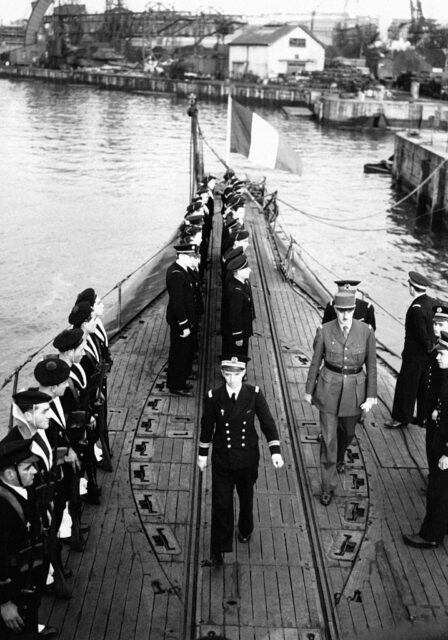
While journeying through the Caribbean Sea, Surcouf vanished on the night of February 18-19, 1942. No distress signal was sent out, but it was assumed her crew of 130 were lost. The Free French didn’t announce the loss until later that April.
There have been many theories over the years as to what happened. The most commonly accepted one is that the American ship Thompson Lykes hit her. The US crew reported a collision with a partially-submerged object, which they thought was a U-boat, meaning they didn’t stop to investigate further.
There is, however, plenty of evidence against this; the damage to Thompson Lykes was far too minor to have been caused by a submarine the size of Surcouf, and the vessel the crewmen reportedly saw was too small.
Another theory is that the 6th Bombardment Group (Heavy) caused the disappearance, as they sank a sizeable submarine on the morning of February 19, 1942, when all contact with Surcouf was lost. While it could have been a U-boat, the enemy didn’t report the loss of any submersibles around that time.
More from us: USS Wisconsin (BB-64): The American Battleship That ‘Lost Her Temper’ In Korea
Surcouf‘s wreck has never been found, which is why there’s no definitive answer as to what happened to her. If she sank after colliding with Thompson Lykes, there are known coordinates for where she might lie. However, if something else took her out, she might never be located.
